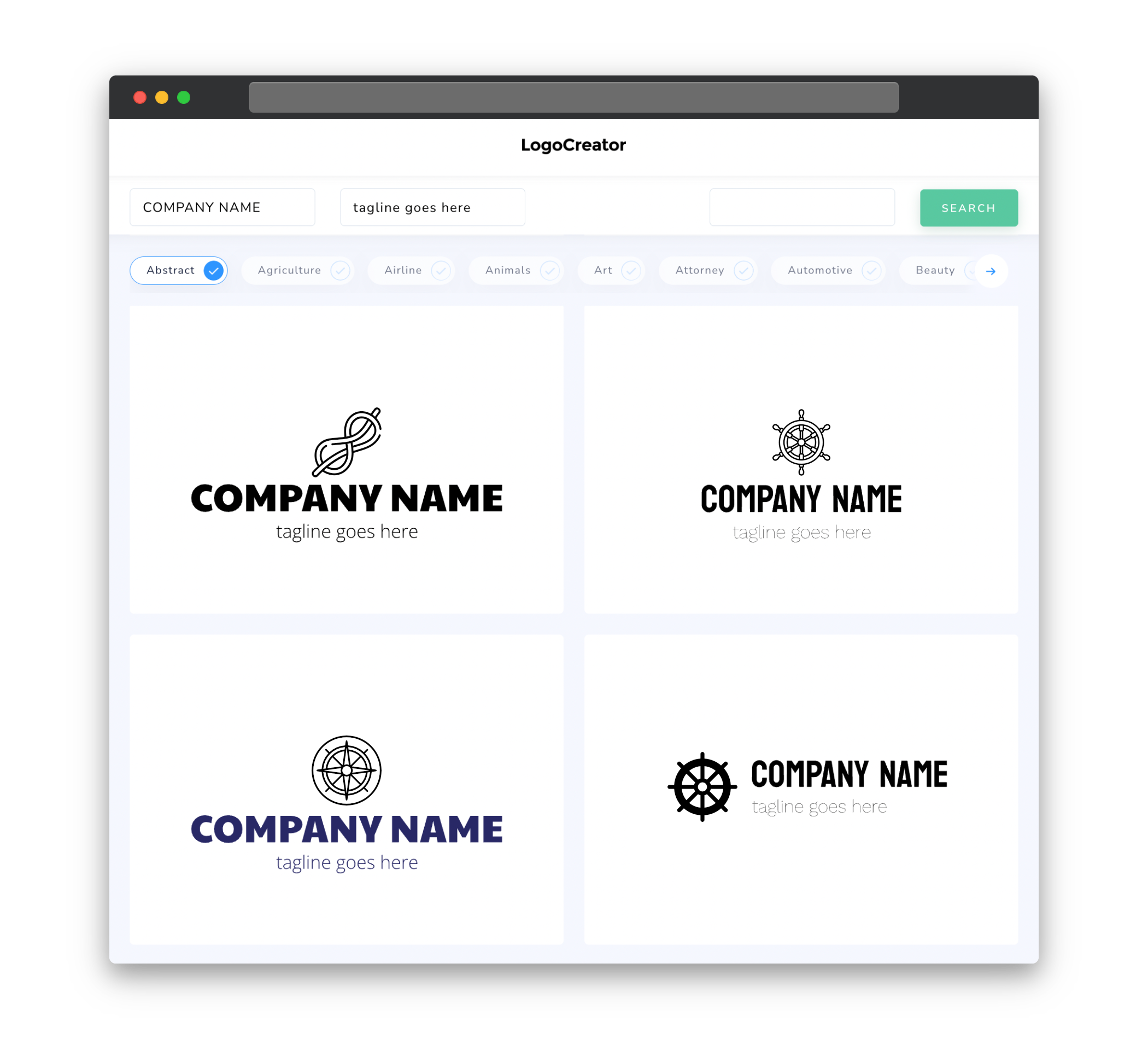Audience
When it comes to designing a nautical logo, it’s important to consider your target audience. Nautical logos often appeal to individuals or businesses in the maritime industry, such as boat manufacturers, yacht clubs, fishing companies, or ocean-themed restaurants. These audiences are typically looking for a logo that captures the essence of the sea and evokes a sense of adventure and nautical aesthetics. Your goal is to create a logo that resonates with their passion for the ocean and communicates their brand identity effectively.
Icons
Icons play a crucial role in nautical logo design. They help to visually represent the marine theme and make the logo instantly recognizable. Nautical icons can include various elements such as anchors, sailboats, compasses, waves, lighthouses, or seashells. Each of these elements carries its own symbolic meaning and can be tailored to reflect the specific characteristics of your client’s brand. Incorporating carefully chosen icons will add depth and visual appeal to the logo, enhancing its overall impact and creating a lasting impression on the audience.
Color
Choosing the right colors for a nautical logo is essential in conveying the desired message and creating a visually appealing design. Traditional nautical colors such as navy blue, white, and various shades of blue are commonly used to evoke a sense of trust, reliability, serenity, and aquatic vibes. Additionally, accents of red and yellow can be incorporated to enhance visibility and evoke feelings of excitement and energy. It’s important to strike a balance between using these colors in a way that is visually appealing and aligns with the client’s brand identity.
Fonts
The choice of fonts for a nautical logo should reflect the brand’s personality and align with the overall design aesthetics. Opt for fonts that are clean, legible, and reminiscent of maritime elements. Serif fonts, such as Bodoni, can give a touch of elegance and tradition, while sans-serif fonts like Helvetica or Montserrat can add a modern and maritime feel to the logo. Consider using bold variations of these fonts for headings or taglines to make them stand out and convey strength and confidence.
Layout
The layout of a nautical logo should be balanced, visually appealing, and easy to understand. It’s important to ensure that the chosen icons, typography, and other elements are arranged harmoniously. The layout can be symmetrical or asymmetrical depending on the desired design style. For a more classic and traditional look, symmetrical layouts can create a sense of stability and elegance. On the other hand, asymmetrical layouts can add a contemporary and dynamic touch to the logo. Experiment with different layouts to create a visually engaging and unique design that captures the essence of the ocean.
Usage
When designing a nautical logo, consider its potential usage across different media and platforms. Ensure that the logo is scalable and works well in various sizes, whether it’s being used on a website, social media profiles, business cards, signage, or merchandise. A versatile logo that maintains its clarity and impact across different mediums will help to establish a strong and consistent brand identity. Additionally, make sure the logo is designed in a way that it can be easily recognizable even in black and white, or when displayed in small sizes. This way, the logo will remain impactful and memorable regardless of its context.



